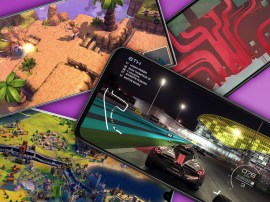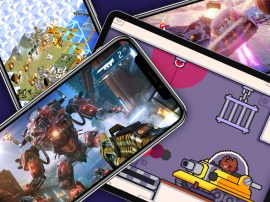Combine the power of the Oculus Rift and Leap Motion, and magical things can happen
Sparks fly from our fingertips at the Wearable Tech Show
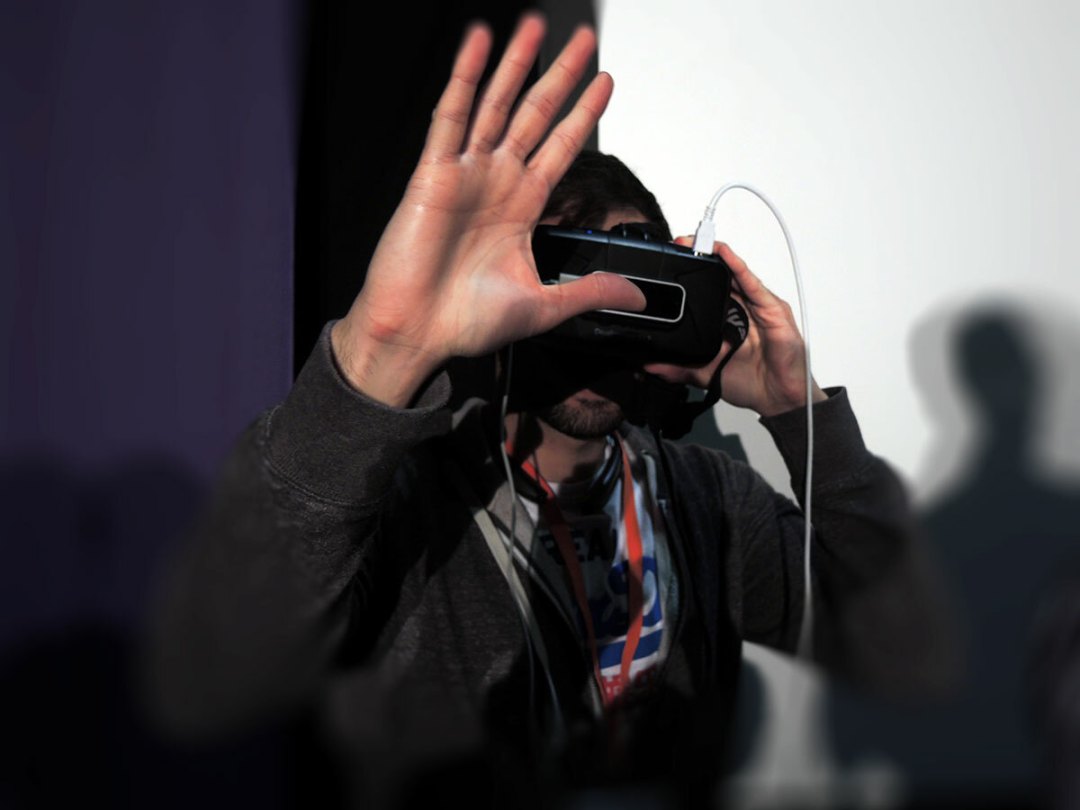
As I slap away the jellyfish/plasma ball hybrid…thing, that’s floating in front of me, I apologise to a man whose face is nearly caught in the crossfire. I’m not, to my knowledge, on any hallucinogens, unless some miscreant took the trouble to spike my Diet Coke at lunch.
I’m in a small seminar room, tucked away at the Wearable Tech Show, and I probably look like an idiot to onlookers as I flail my arms wildly around at the seemingly empty air around me.
Ten minutes before, I sat through a talk given by the Future Technologies team from Pearson, who talked us through a number of its ambitious projects which focus on using technology to make learning fun.
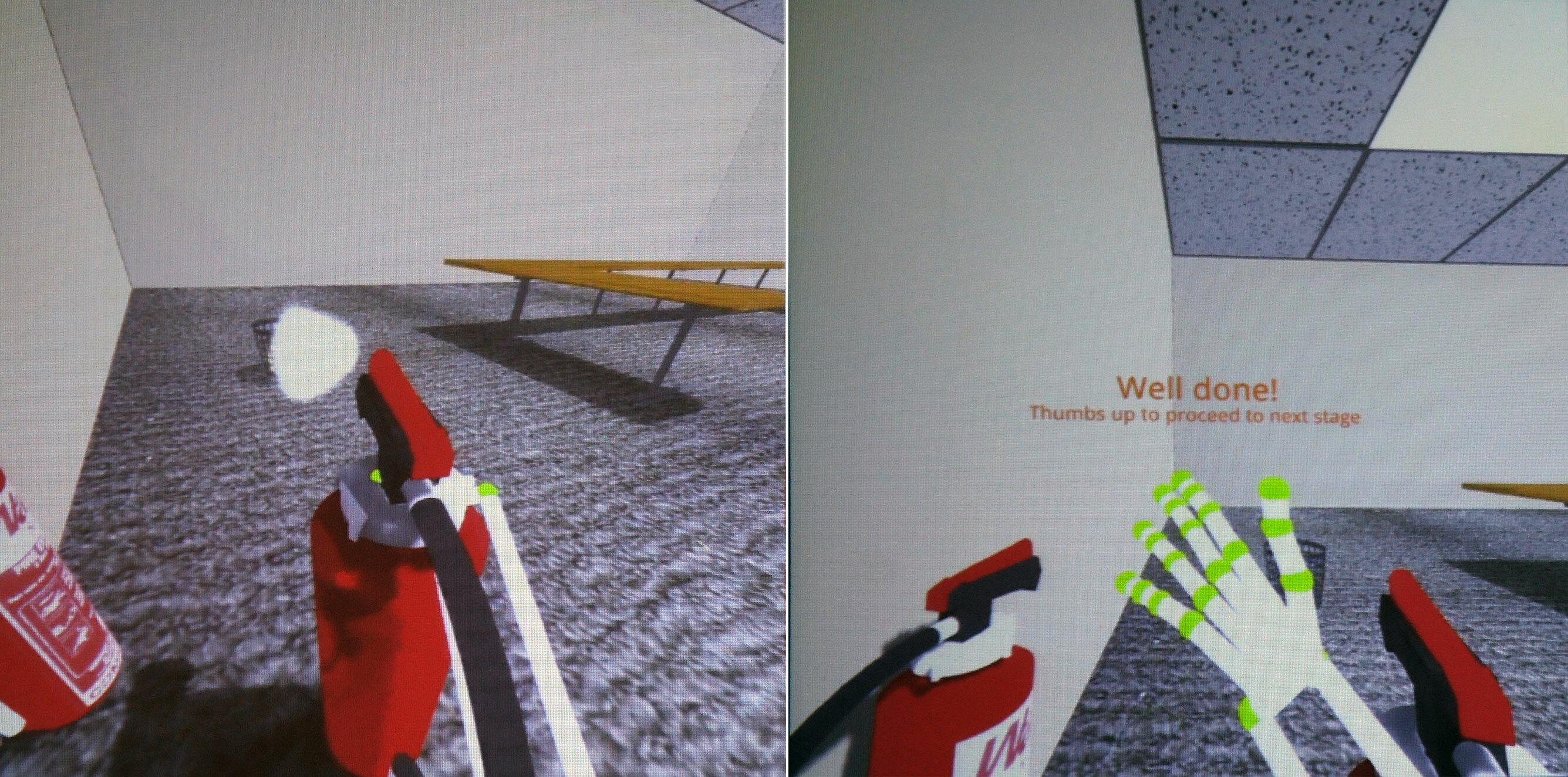
One of its most recent concepts combine the magical finger-tracking powers of a Leap Motion sensor, with the immersive world offered by an Oculus Rift headset.
While the Rift experiences I’ve tried in the past have been impressive, holding a controller does hinder the immersion somewhat. Having your hands and fingers tracked in real-time will go a long way to improve the virtual reality experience even further, and that’s exactly what the Leap Motion offers.
Pearson showed off a health and safety tech demo in which a Rift user picks up and operated different fire extinguishers with virtual hands, without a controller or joystick in sight. With each individual finger being tracked to within 0.01mm of movement, everything looks natural and smooth – as long as you can get past the green skeletal fingers of the hand model itself.
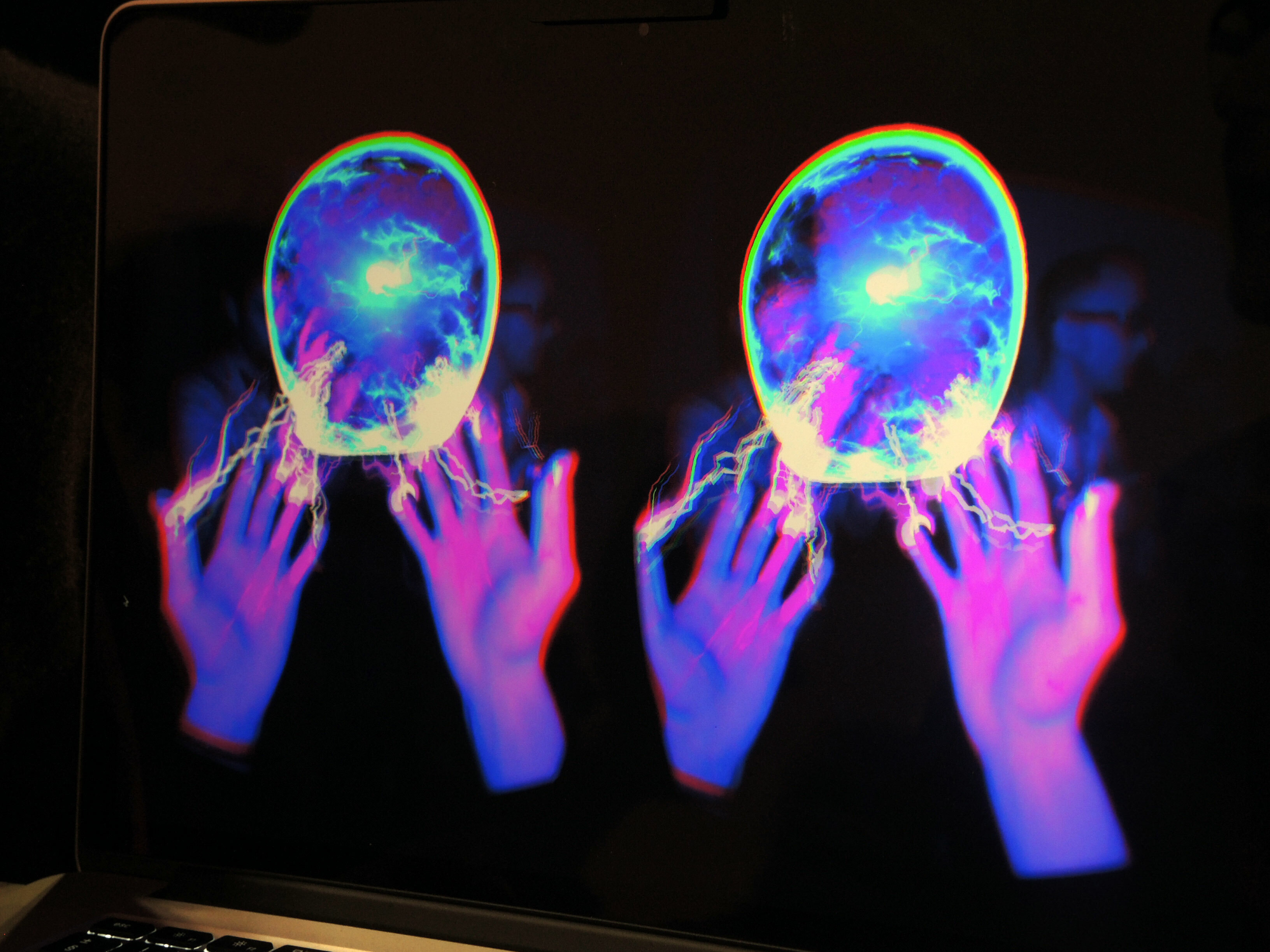
The demo I was lucky enough to try out myself takes things one step further. Instead of controlling virtual hands, I can see my actual hands right in front of me, and use them to interact with a floating ball of electrified plasma.
The setup provides a live video feed from the Leap Motion’s on-board camera (which also acts as a sensor to track hand movements in an infrared grid), so everything I’m seeing – my hands, the people surrounding me, the chair I’m standing next to – is real.
It’s a sort of Virtual-Augmented reality in a way, as the only digital items in my vision are the glowing orb and the sparks of electricity shooting towards it from my hands.
Granted, the resolution is low and the colours have a purple hue to them, but it’s definitely an exciting step in the right direction.
Because I was viewing a live feed of my actual hands, there was no lag whatsoever and it felt instantly natural. There wasn’t an opportunity to test out any fine motor skills, mind – I was pretty much just batting, prodding and slapping the plasma ball amidst a shower of electric sparks – but it was fun nonetheless.
A hi-res headset, a dedicated camera and a Leap Motion sensor, all built into a single unit, has the potential to provide an incredible gaming experience. And we’d love to think that’s where the future is heading.
We’ve already seen what headsets like the HTC Vive are capable of. Now we just need someone to throw all of this tech into a single polished product, and we’ll never have to step out of our front doors again.
Oh, and a hoverboard would be nice too, while they’re at it.



